Application Open House: What you need to know
It’s easy to become overwhelmed when starting the process of buying a home. There's so much to know and many first-time homebuyers have lots of good...
2 min read
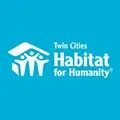 Twin Cities Habitat for Humanity
:
1:01 PM on December 11, 2011
Twin Cities Habitat for Humanity
:
1:01 PM on December 11, 2011
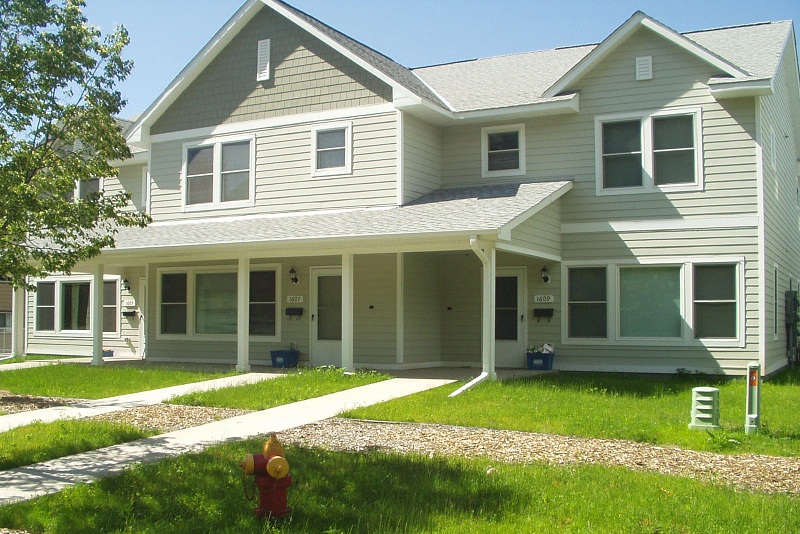
In 2009, Twin Cities Habitat for Humanity built its first LEED-certified townhomes on Case Avenue in St. Paul. The six units were among the first LEED-certified townhomes built anywhere in the nation. The land they're on was an abandoned brownfield. For decades, it had been used by various construction companies as a dumping site. The community and neighboring businesses saw the land as a general eyesore – a barren space contaminated and polluted to its capacity. A helpless tax forfeiture property that needed heavy remediation and long-term care. A so-called “storage facility” for excess concrete, bituminous roadway, hazardous waste, wood and metal scraps, amidst a tangled mess of scrub brush and weeds.
Area schools including Ames Elementary, Cornerstone Montessori, Head Start: Roosevelt Early Learning Center and Academia Cesar Chavez were impacted. The site was often a hangout for mischievous youths and required the patrol of neighborhood police. Many believed the site was beyond repair.
The environmental challenges with the site were so large, Twin Cities Habitat for Humanity required outside help from experts to clean it all up. Several tons of contaminated soils were removed, including some arsenic and mercury “hot spots,” under the guidance of the Minnesota Pollution Control Agency (MPCA) and Braun Intertec. New native plants and trees have been planted at the site and the new funnel of stormwater to a retention pond has decreased the risk of groundwater pollution.
Together with state, county and city partners, Twin Cities Habitat for Humanity remediated the property, bringing it to its full potential. Partnerships were developed with the City of St. Paul, the Environmental Protection Agency (EPA), the U.S. Department of Housing and Urban Development (HUD), MPCA, St. Paul Greater East Side, Ramsey-Washington Metro Watershed District, St. Paul Housing Redevelopment Authority, Barr Engineering and Braun Intertec. Finally, an Environmental Remediation Funding (ERF) loan of $180,000 was awarded to Ramsey County for the project. Dan Bostrom, councilmember in the 6th Ward, was also an involved advocate in the project.
Together, these partners spent five years removing pollutants, testing water and determining terrain strategies to overcome the long-term ground contamination. Finally, the land could again be put back into community use, bringing in tax dollars, revitalizing the neighborhood and making the land safe for families once again. 
Here's a detailed breakdown of the green aspects of this project.
Site management:
House design:
Land improvement:
 Drought tolerant, non-invasive landscaping, including over 200 native perennials and several trees, will conserve water and beautify the neighborhood.
Drought tolerant, non-invasive landscaping, including over 200 native perennials and several trees, will conserve water and beautify the neighborhood.
At a wall-raising ceremony for the start of construction, St. Paul Mayor Chris Coleman said, “In the past, many people have used the argument that we must choose either environmental sustainability or value. Today, St. Paul is demonstrating that those are not mutually exclusive goals. In our neighborhoods, we are building both sustainable and affordable housing, and we are providing opportunities for families to own homes they can afford to buy and maintain, join good neighborhoods, and build strong communities."
Your gift unlocks bright futures! Donate now to create, preserve, and promote affordable homeownership in the Twin Cities.
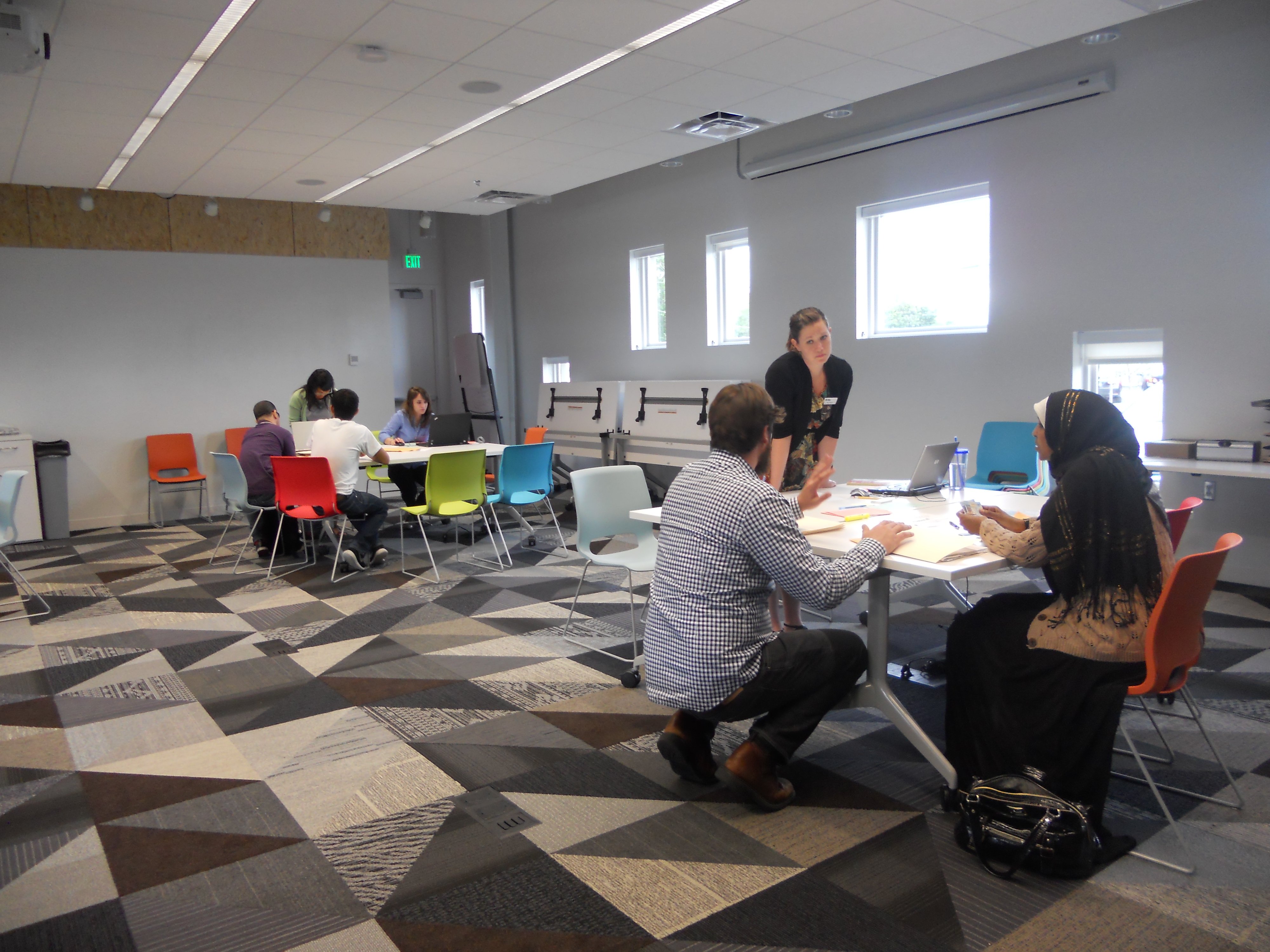
It’s easy to become overwhelmed when starting the process of buying a home. There's so much to know and many first-time homebuyers have lots of good...
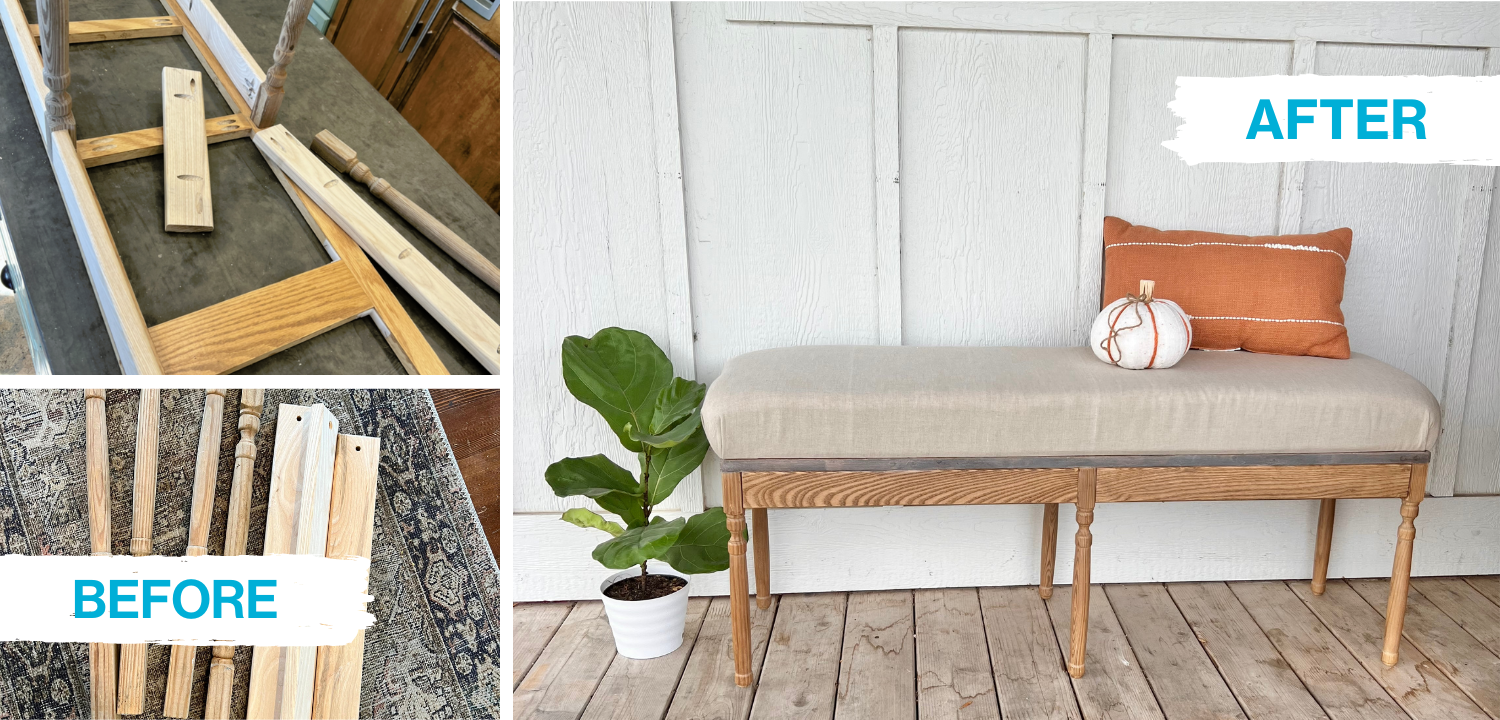
October's nearly over, so get your last-minute autumn and Halloween decoration ideas here! You'll also see the incredible creativity of our Fall Flip...
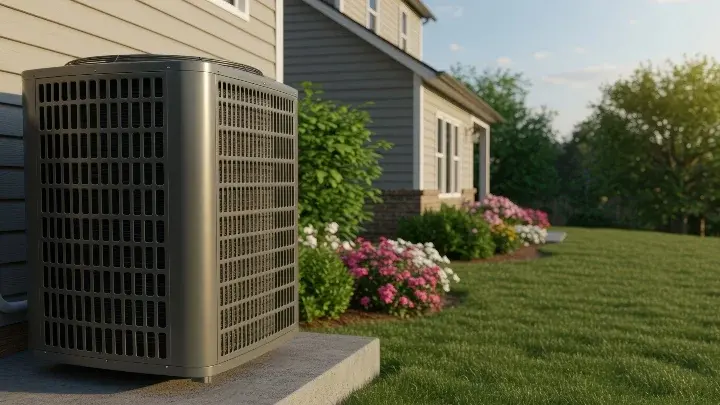
Minnesota summers are precious but demanding. We cherish those brief warm months, but they bring unique challenges for homeowners: intense humidity...